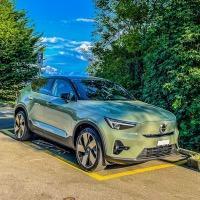FCA - Test in camera climatica: le bufere di neve
-
Contenuti simili
-
STELLANTIS/FCA - 1.5 GSE T4 Turbo e-Hybrid 1 2 3 4 15
Pubblicato da Bare,
- gse
- iniezione diretta
- (e 15 altri in più)
- 143 risposte
- 40278 visite
-
Stellantis - Nuovo motore diesel EURO 7
Pubblicato da Pawel72,
- stellantis tecnologia
- fca tecnologia
- (e 3 altri in più)
- 7 risposte
- 5078 visite
-
- 6 risposte
- 3570 visite
-
-
-














.thumb.jpg.46228d717c405acd43b45b79fddce6a4.jpg)




Messaggi Raccomandati:
Crea un account o accedi per lasciare un commento
Devi essere iscritto per commentare e visualizzare le sezioni protette!
Crea un account
Iscriviti nella nostra community. È facile!
Registra un nuovo accountAccedi
Sei già registrato? Accedi qui.
Accedi Ora